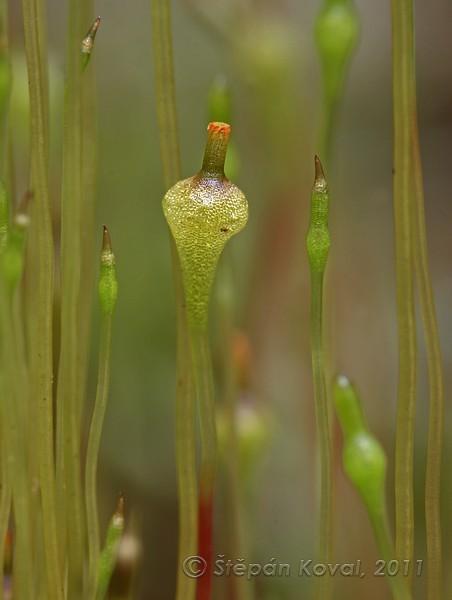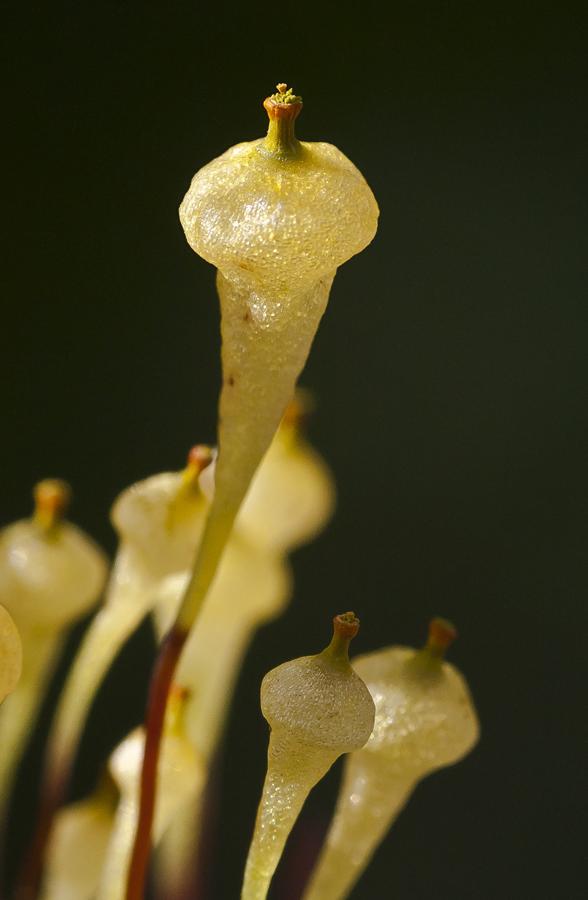
VC11-splachnum-ampullaceum-holmsley-b7005.jpg from: https://www.britishbryologicalsociety.org.uk/learning/species-finder/splachnum-ampullaceum/
Introduction
In the vast and captivating world of bryophytes, one moss species stands out for its peculiar and fascinating characteristics – the Splachnum ampullaceum Hedw., a member of the Splachnaceae family. Often referred to simply as Splachnum, this remarkable moss has captured the interest of naturalists and enthusiasts alike, offering a unique glimpse into the intricate workings of nature.

429639_a2141683.jpg from: https://www.plantarium.ru/page/image/id/429639.html
Background
Before delving into the intriguing details of Splachnum ampullaceum Hedw., it’s essential to understand its place within the broader context of bryophytes. Bryophytes, also known as Bryopsida, are a diverse group of non-vascular plants that include mosses, liverworts, and hornworts. These ancient organisms have played a crucial role in the evolution of plant life on Earth, serving as pioneers in terrestrial ecosystems and paving the way for more complex plant forms.
Main Content
Morphology and Identification
Splachnum ampullaceum Hedw.

39293829240_7ca8a650a5.jpg from: https://www.flickr.com/photos/126598284@N05/39293829240/
is a striking moss species that immediately catches the eye with its vibrant colors and unique morphological features. The gametophyte stage, which is the dominant phase in the life cycle of mosses, consists of a slender stem adorned with delicate, lance-shaped leaves. However, it is the sporophyte stage that truly sets this moss apart.

ccala6771.jpg from: https://ccala.butbn.cas.cz/en/splachnum-ampullaceum-hedw-f
The sporophyte of Splachnum ampullaceum Hedw. is characterized by a distinctive, urn-shaped capsule that is supported by a long, slender seta (stalk). This capsule is often referred to as the “flask” or “ampulla,” and it is this feature that gives the moss its scientific name, “ampullaceum.” The capsule’s striking hues range from deep purples and reds to vibrant greens and yellows, creating a visually stunning display in its natural habitat.

633_Splachnum_ampullaceum_2011_08_05_img_2394.jpg from: https://www.bryo.cz/index.php?p=mechorosty_foto&site=default&gallery=splachnum_ampullaceum&id=633
Global Distribution and Habitat
Splachnum ampullaceum Hedw. is widely distributed across various regions of the world, including Europe, North America, and parts of Asia. However, it is particularly abundant in boreal and arctic regions, where it thrives in specific habitats associated with decaying organic matter.

429643_706f04b3.jpg from: https://www.plantarium.ru/page/image/id/429643.html
This moss species is often found growing in close proximity to animal dung, particularly that of herbivores such as caribou, reindeer, and moose. The nutrient-rich environment provided by these dung deposits serves as an ideal substrate for the growth and reproduction of Splachnum ampullaceum Hedw.
Ecological Roles and Adaptations
Splachnum ampullaceum Hedw. plays a vital role in the decomposition process and nutrient cycling within its ecosystem. The moss’s unique adaptation to grow on animal dung allows it to participate in the breakdown of organic matter, facilitating the release of essential nutrients back into the soil.
One of the most fascinating aspects of Splachnum ampullaceum Hedw. is its symbiotic relationship with certain species of flies. The vibrant colors and distinctive odor produced by the moss’s capsules attract these flies, which are then lured into the capsule’s interior. Once inside, the flies become trapped and eventually die, contributing their own organic matter to the moss’s growth and reproduction.
Case Studies/Examples
In a study conducted in the Arctic tundra of Alaska, researchers observed the intricate relationship between Splachnum ampullaceum Hedw. and the fly species Sphaerocera spp. The researchers found that the moss’s capsules were specifically adapted to attract and trap these flies, which played a crucial role in the dispersal of the moss’s spores.
Another fascinating example comes from a study in Scandinavia, where researchers discovered that Splachnum ampullaceum Hedw. exhibited a preference for growing on the dung of reindeer over other herbivores. This preference was attributed to the unique chemical composition of reindeer dung, which provided an optimal environment for the moss’s growth and reproduction.

a095d63d6ebeca572a95585c5f085194.jpg from: https://www.pinterest.fr/pin/777152479423470139/
Technical Table

bsw17-splachnum-ampullaceum-500.jpg from: https://www.quekett.org/resources/article-archive/bsw-2017/bsw17-dung-mosses

1788e5950861823348c8c5813e89b3c4.jpg from: https://www.pinterest.com/pin/splachnum-ampullaceum–777152479423470142/
| Characteristic | Description |
|---|---|
| Scientific Name | Splachnum ampullaceum Hedw. |
| Family | Splachnaceae |
| Common Name | Splachnum, Flask Moss |
| Gametophyte | Slender stem with lance-shaped leaves |
| Sporophyte | Distinctive urn-shaped capsule (ampulla) on a long seta |
| Capsule Color | Vibrant purples, reds, greens, and yellows |
| Habitat | Decaying organic matter, particularly animal dung |
| Distribution | Boreal and arctic regions of Europe, North America, and Asia |
| Ecological Role | Decomposition and nutrient cycling |
| Adaptation | Symbiotic relationship with flies for spore dispersal |
Conclusion
Splachnum ampullaceum Hedw., a true marvel of the bryophyte world, captivates us with its unique morphology, vibrant colors, and remarkable adaptations. From its symbiotic relationship with flies to its role in decomposition and nutrient cycling, this moss species serves as a testament to the intricate workings of nature and the incredible diversity of life forms that inhabit our planet.

cruet-collar-moss-splachnum-ampullaceum-C2T802.jpg from: https://www.alamy.com/stock-photo/splachnum.html
As we continue to explore and appreciate the wonders of the natural world, Splachnum ampullaceum Hedw. leaves us with a thought-provoking question: What other fascinating secrets lie hidden within the realm of bryophytes, waiting to be uncovered and marveled at?